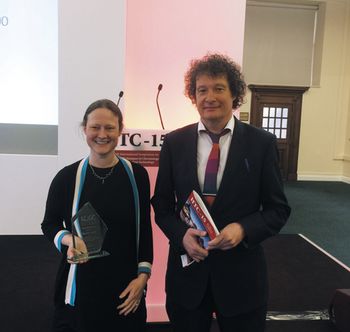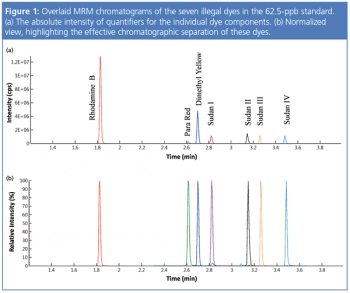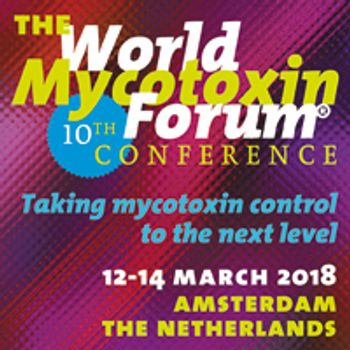Synthetic azo- and non-azo dyes were once commonly used as food colourings in many countries. Food safety regulators in Europe, the U.S, and other countries have now banned the use of these synthetic dyes in food because of their potential genotoxic and carcinogenic effects. In some countries, however, these dyes are still being used, especially in spices. There are currently no published legal limits for these illegal food dyes, but any detectable amount is deemed unacceptable. Thus, any analytical method used to test foods for these illegal dyes must be highly sensitive. Conventional methods are only able to provide limits of quantitation (LOQs) of 10–1000 ppb for these illegal food dyes. A reversed-phase ultrahigh-pressure liquid chromatography tandem mass spectrometry (UHPLC–MS/MS) method has been developed that reliably achieves LOQs that are three-to-four orders of magnitude lower than conventional methods while also providing improved accuracy and reproducibility.









